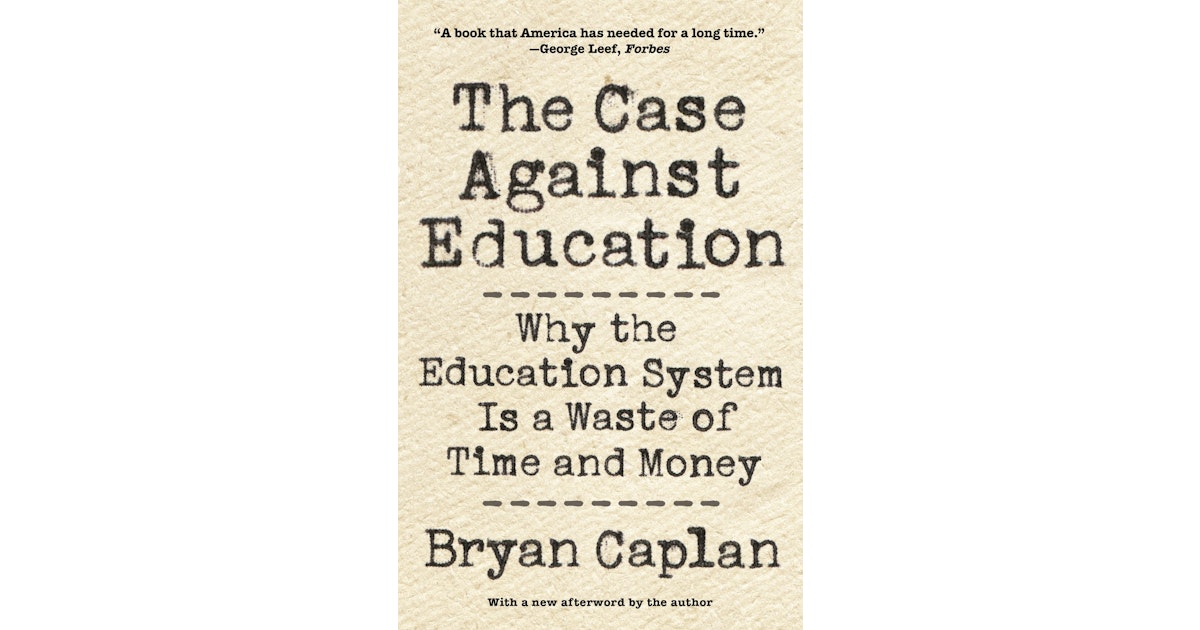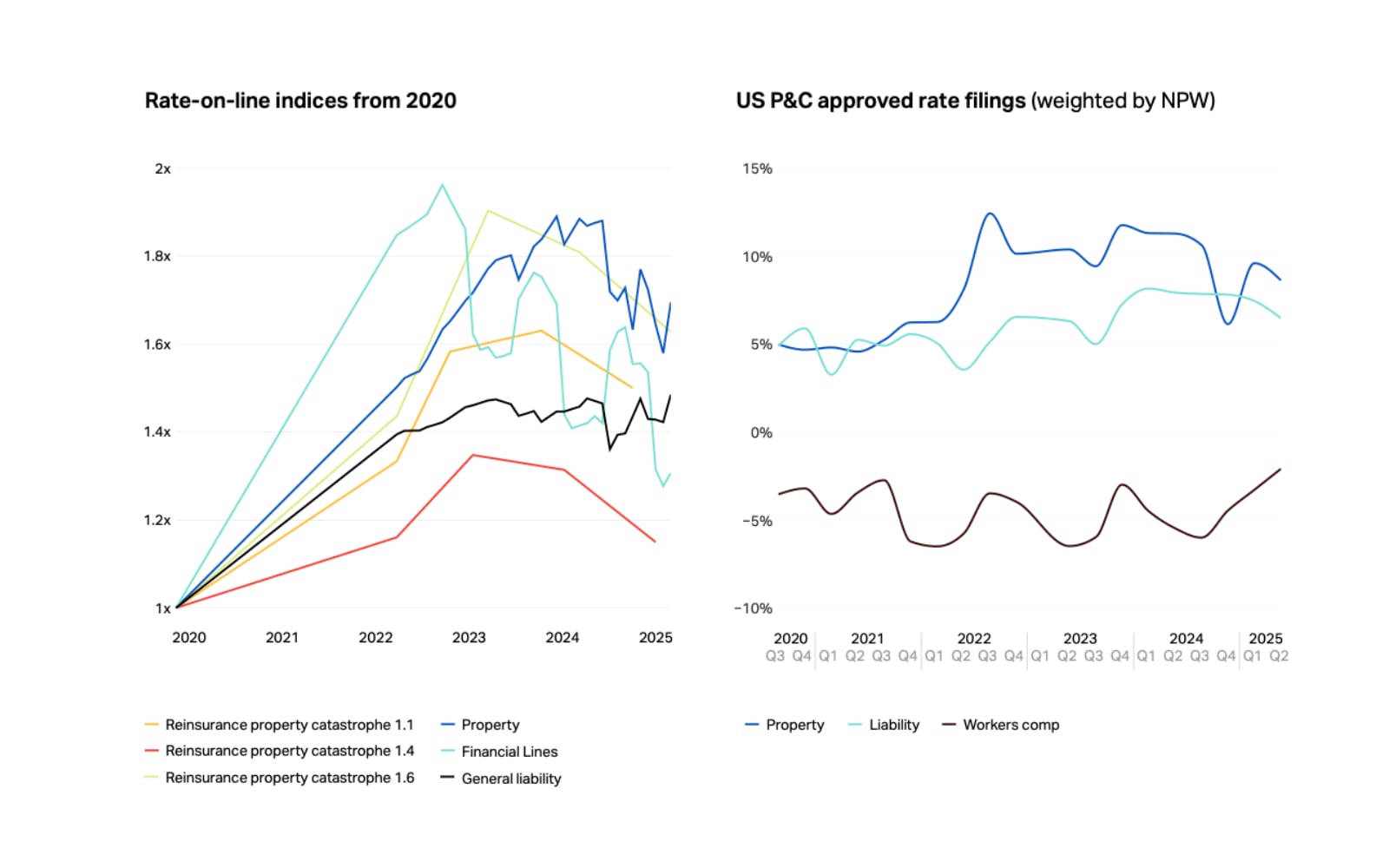The investing information provided on this page is for educational purposes only. NerdWallet, Inc. does not offer advisory or brokerage services, nor does it recommend or advise investors to buy or sell particular stocks, securities or other investments.
Competitive rates on certificates of deposit have started to dip this year. If that trend continues, you might have a savings decision to make: Should you lock in CD rates now or wait?
Yields on savings accounts and CDs are some of the highest in more than a decade — above 5% at best, as of mid-February — but there are signs that these rates may not last. CDs are federally insured like savings accounts are, but their rates are fixed for the term you choose, generally from three months to five years.
Getting a CD with a yield multiple percentage points higher than the national average might be a boost for some of your savings.

Marcus by Goldman Sachs High-Yield CD

5.15%

Barclays Online CD

5.15%

Discover® CD

4.80%
CD rates: Their rise — and slow fall?
Since March 2022, the Federal Reserve raised its benchmark interest rate 11 times to curb inflation. Banks and credit unions generally take their cue to follow the direction of Fed rate changes. As a result, the highest CD rates soared from below 1% in January 2022 to their current heights of above 4% or 5% depending on term length. In contrast, CDs’ national average rates have remained below 2%.
However, CD yields might’ve peaked. The Fed’s last rate increase was in July 2023, and the Fed expects to begin rate cuts this year, according to its mid-December projections. But it’s unclear when.
“We expect that the Fed will lower its benchmark rate later in 2024, as early as March, but more likely, markets indicate later in the year, perhaps at a meeting this summer,” Rob Williams, managing director of financial planning at Charles Schwab, said in an email. Market rates for new brokered CDs longer than one-year terms have fallen modestly in part due to the expectation of rate cuts, he said.
High-yield CD rates outside brokerages have also seen dips. Nearly two dozen online banks and credit unions started dropping rates incrementally across many CD terms from December 2023 to January 2024, according to a NerdWallet analysis. For example, the midpoint for one-year CD rates in this group dropped from 5.10% to 5.00% since September 2023, while five-year CD rates stayed the same.
Traditionally, savers can expect that the higher the CD term, the higher the rate you can get. But this trend hasn’t been the case since January 2023 when short-term CDs, such as one-year rates, surpassed long-term CDs (such as five-year rates), based on NerdWallet data.
“Markets aren’t expecting a dramatic drop in rates in 2024, but for investors looking to lock in short-term rates now, it’s likely a good time,” Williams said.
The time and place for CDs
CDs can be best for earmarking funds for a large upcoming purchase, such as a car or home, or to maintain a guaranteed return for some of the cash portion of your investments.
Since you give up access to funds during a CD’s term, CDs aren’t for everyday savings or an emergency fund. Withdrawing early from a CD usually means paying a penalty of at least several months of interest. CDs also don’t have the highest returns, so they’re not for long-term savings to grow your money, such as for retirement. Top CD yields are higher than the current inflation rate of 3.1%, so using CDs to protect some savings from inflation is possible now — but not always.
“A diversified portfolio of stocks, backed up by the stability and diversification of cash and bonds, based on an investor’s time horizon and risk tolerance, has generally been the most effective way to outpace inflation over time,” Williams said.
Choosing where you open CDs is important, too. Online banks and online credit unions tend to have some of the best CD rates and are generally accessible to anyone in the U.S. CDs at investment firms, known as brokered CDs, can offer competitive yields, but you need a brokerage account and some investing know-how to navigate the buying process. Community credit unions can have high yields too, but watch for membership restrictions and minimum or maximum deposit requirements.
Big traditional banks tend to have some of the lowest CD rates. They might offer promotional CDs with unusual terms such as seven or 13 months. Read the fine print since these CDs can automatically renew into more standard terms with lower rates.
Hedging bets instead of timing CDs
If you’re hoping for a crystal ball to know how much and how soon CDs will fall, don’t hold your breath. Even the first Fed rate cut may depend on inflation.
“That January [inflation] report was not reassuring that inflation is coming down and [so] it may be sticky, staying higher for longer,” says Daniel Talley, professor of economics and statistics at Dakota State University. “If inflation sticks around, then that means that could push out further when we can expect the Fed to lower rates.”
One strategy that takes the pressure off timing CDs is a CD ladder, which consists of opening several CDs of staggered term lengths such as one-year, two-year and three-year terms. You can redeem CDs at regular intervals and decide each time whether to renew in a long-term CD or withdraw. Given current rates, though, you might shorten your ladder, such as terms of three, six and nine months and one year, to take advantage of the highest yields.
If juggling multiple CDs sounds complicated, you can also open a no-penalty CD, allowing you to redeem early, then choose another CD or a different investment.
Compare CDs with other options
For regular access to funds, consider high-yield savings accounts while rates remain high. For comparable and stable returns to CDs, but more investing knowledge required, there are Treasury bills and bonds, which are backed by the full faith and credit of the U.S. government. Willams sees money market funds, which hold Treasury bills and other short-term, low-risk investments, as another cash investment option that can sell generally within 24 hours to access cash.
If your short-term goals align best with CDs, consider locking in high rates sooner rather than later.












































